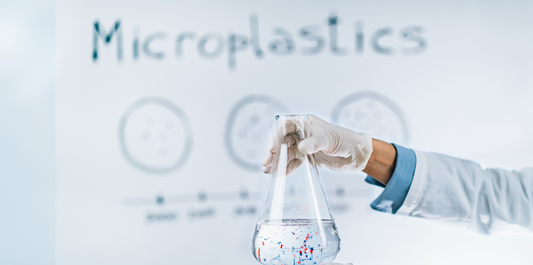You may have missed it, but a high-stakes legal fight is brewing in Luxembourg. Some of the world’s biggest pharmaceutical and cosmetics companies—think Bayer, Novo Nordisk, Unilever, Procter & Gamble—have sued the European Union over who should foot the bill for cleaning drug and beauty-product residues out of urban wastewater. If they win, the timeline (and the funding) for new treatment plants could stall. Meanwhile the microscopic pollutants that slip through today’s treatment works keep flowing downstream—straight towards the sources many towns still rely on for drinking water.
What the directive demands and why industry leaders are pushing back
Last November the EU adopted an updated Urban Waste-Water Treatment Directive. The rules require member states to capture about 80 % of pharmaceutical and cosmetic micropollutants by 2045 (current removal rates hover around 30-40 %). Crucially, they introduce an “extended producer responsibility” (EPR) system that makes manufacturers pick up at least 80 % of the estimated €1.2 billion a year needed for the extra, fourth-stage filtration.
Industry groups say they support cleaner water, but argue it is unfair—and potentially illegal under EU law—to single them out while other sources of contamination (agriculture, household chemicals, even illegal drugs) escape the levy. They warn that prices for widely used medicines such as the diabetes drug metformin could triple if companies pass the cost on to health systems and patients. Hence the flurry of cases now before the Court of Justice of the EU.
Why this matters for households right now

Even before the current legal action, Europe’s rivers and groundwater were already under significant pressure. According to the latest EU assessment, only 31% of surface water bodies across the EU-27 meet the standard for “good” chemical status. The remaining two-thirds are contaminated by complex mixtures of pollutants, including pharmaceutical residues, pesticides, and industrial chemicals such as mercury and brominated flame retardants. These substances are not only persistent and bioaccumulative, but also remain in the environment long after their release, posing ongoing risks to ecosystems and potentially to human health.
While regulators debate who pays, those residues keep cycling through taps, showers and kitchen sinks. Yes, public supplies are treated and disinfected, but most municipal plants were never designed to catch trace pharmaceuticals measured in parts per trillion. Every delay in upgrading them extends our exposure—particularly worrying for infants, pregnant people and anyone with a compromised immune system.
Can medicines really pollute water?
Yes—and it’s a growing concern. Trace levels of medicines such as painkillers, antidepressants, and hormone therapies have been detected in rivers and lakes throughout Europe. These substances are not just environmental issues—they raise health questions too, especially for vulnerable groups like pregnant women and young children.
Delays ahead: infrastructure takes time
The lawsuits now underway could significantly delay implementation of the EU directive. Even if upheld, the rules will take years to fully roll out as national governments revise laws, allocate budgets, and build new treatment infrastructure.
In the meantime, individuals and families looking to reduce their exposure to pharmaceutical residues may want to explore home filtration solutions.
The practical answer at home: point-of-use reverse osmosis
Waiting years for new infrastructure is not your only option. A compact reverse-osmosis system such as AquaTru tackles the same problem at the point of use.
We don’t just claim it—AquaTru systems are independently tested in certified laboratories, and we publish our performance data sheets so you can see the test results for yourself.
That four-stage process—mechanical pre-filtration, activated carbon, high-efficiency RO membrane and final carbon polishing—mirrors the “quaternary treatment” policymakers want to roll out at municipal scale, but it fits neatly on a worktop or under the sink.
Looking ahead
The EU court will decide whether industry or taxpayers fund the upgrade, but clean-water deadlines will not wait for legal paperwork. Each of us can take charge of what actually reaches our glass today.
AquaTru’s tested ability to strip pharmaceuticals, hormones, pesticides, microplastics and heavy metals means you do not have to gamble on the outcome of a courtroom battle—or on the pace of public investment. Install once, replace the filters on schedule, and pour with confidence.
Ready to safeguard your family’s water while policymakers argue the fine print? Explore the full test results and see which AquaTru model fits your kitchen today.







